Welcome to Sumkoka
English
- All
- Product Name
- Product Keyword
- Product Model
- Product Summary
- Product Description
- Multi Field Search
Views: 0 Author: Site Editor Publish Time: 2025-11-10 Origin: Site








The global food landscape has been irrevocably altered by convenience. From the grab-and-go breakfast we devour on the commute to the elaborate takeout feasts delivered to our doorstep, a critical element underpins this modern dining ecosystem: food service packaging. Often overlooked, these single-use items are the silent heroes that ensure our food arrives safely, maintains its intended quality, and offers the seamless experience consumers now demand.
This blog post delves deep into the world of FSP. We will define what it is, explore its multifaceted functions, categorize the diverse array of products and materials, and discuss the strategic choices facing restaurant suppliers and operators today. In an era where sustainability and efficiency are paramount, understanding the mechanics of food service packaging is no longer just a logistical concern—it is a cornerstone of brand identity and operational success.
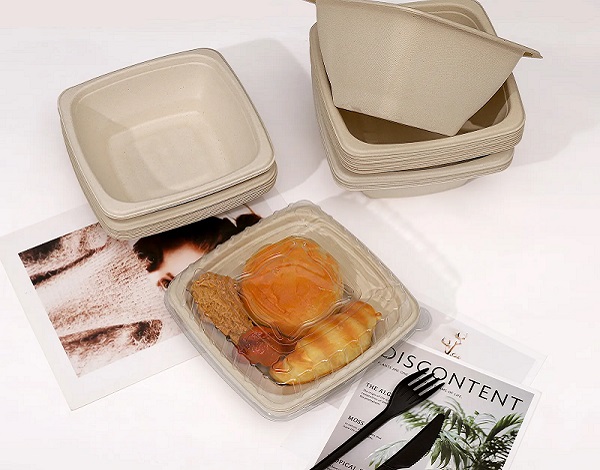
At its core, Food Service Packaging refers to the broad portfolio of products, predominantly single-use, designed to contain, protect, and transport prepared or semi-prepared food and beverages from the point of preparation to the point of consumption. Unlike retail food packaging, which is primarily focused on long-term preservation for shelf life (e.g., canned goods, boxed cereals), FSP is optimized for immediate, on-the-go, or short-term consumption.
The scope of food service packaging is vast and inclusive. It is not limited to just the takeout containers, but encompasses nearly every disposable item associated with a prepared meal.
FSP typically includes:
Containers: Clamshells, hinged containers, deli tubs, soup cups, and food trays.
Beverage Vessels: Hot cups, cold cups, lids, and cup carriers.
Disposable Tableware: Plates, bowls, cutlery, and stirrers.
Wraps and Liners: Sandwich wraps, basket liners, and wax paper.
Bags: Carry-out bags and single-portion paper bags.
Crucially, every piece of FSP must meet stringent food grade packaging standards, ensuring that the material is safe for direct contact with food and will not leach harmful substances, maintaining the integrity of the meal and the safety of the consumer. The industry relies heavily on packaging manufacturers and food packaging suppliers who specialize in producing these regulated, high-volume products for the demanding needs of commercial kitchens and chains.

The role of FSP extends far beyond simply holding the food. Its functions are critical to the consumer experience, public health, and business operations, encompassing what is often called the "Four Ps" of packaging: Protection, Preservation, Portability, and Promotion.
The primary function is acting as a physical and hygienic barrier. Good food service packaging shields the contents from external contaminants, dust, germs, moisture, and pests, during storage, transport, and handling. This is fundamentally important for food and beverage packaging, as it dramatically reduces the risk of foodborne illnesses. Furthermore, the packaging must offer structural protection, preventing crushing, leakage, or spillage, which is particularly vital for food delivery packaging traveling across rough urban streets.
Food packaging plays a direct role in preserving the quality and temperature of the prepared meal. Insulated materials are essential for maintaining the target temperature, whether keeping an iced latte cold or a soup piping hot. Advanced designs, like anti-fog or vented lids, are used to manage condensation and steam, preventing items like french fries from becoming soggy, a common pitfall in to go packaging. The package ensures that the food’s intended texture, aroma, and appearance are preserved until the moment of consumption.
Modern life demands convenience, and food service solution delivers it. It enables consumers to consume food anywhere, at their desk, in a park, or in their car. Features like easy-open seals, interlocking lids, and integrated handles simplify the dining process. For food service supply operations, convenient packaging translates to faster service times, easier stacking, and reduced labour costs.
Packaging is arguably the last physical touchpoint a brand has with its customer. Custom food service packaging, featuring a restaurant’s logo, colors, and design, transforms a simple container into a powerful marketing tool, a literal mobile billboard. Beyond branding, packaging serves as a critical communication medium, relaying essential information such as ingredients, nutritional facts, allergen warnings, and heating instructions. For food packaging manufacturers, the goal is often to balance this promotional capability with functional design.
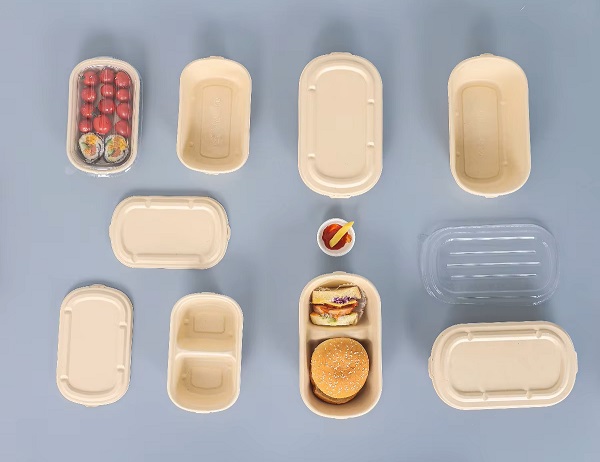
The diversity of FSP reflects the wide variety of food service formats. These categories define the types of solutions that food service packaging distributors offer to the market.
This category includes items intended for immediate, single-use serving, often found in cafeterias, fast-casual settings, or large catering packaging events.
Cutlery: Forks, knives, and spoons made from plastic, wood, bamboo, or compostable bioplastics like CPLA.
Plates & Napkins: Disposable plates (paper, plastic, bagasse) and napkins are staples for catering, parties, and counter-service.
Usage: Essential for ensuring hygiene and reducing cleanup time in high-volume environments like school food service packaging programs and corporate canteens.
This is the fastest-growing segment, driven by online delivery platforms. These products are designed for secure transit.
Clamshell Containers: One-piece containers that fold over and lock. They are made from a huge range of materials, including plastic (like PP or PET), styrofoam (EPS, now often banned), aluminum, and eco-friendly bagasse packaging (molded sugarcane fiber).
Food Boxes: Paperboard boxes are used for everything. Think of the classic pizza box, bakery boxes for pastries, or coated boxes for fried chicken or Asian-style takeout.
Bowls and Tubs: Essential for soups, salads, poke bowls, and ice cream. Often made from plastic (PP for hot, PET for cold) or heavy-duty coated paperboard.
Trays: Molded fiber or aluminum trays are common in catering packaging and institutional settings (like school food service packaging).
Function: They must be robust, spill-proof, and often stackable to maximize efficiency for delivery drivers. The emergence of specialized insulation bags has increased the demands placed on the containers inside to maintain structural integrity under thermal stress.
Beverage packaging requires specialized materials to manage extreme temperatures safely. This category is massive, driven by the global coffee and beverage culture.
Cups: Hot cups (paperboard, often with a PE or PLA lining) and cold cups (clear PET or PP plastic, or wax-coated paper).
Lids: Sipper lids for hot drinks, flat lids with straw slots, and the new trend of strawless lids.
Cup Sleeves: Cardboard sleeves to protect hands from hot drinks.
Cup Carriers: Molded fiber or cardboard carriers for transporting multiple drinks.
Beyond the final consumer-facing item, FSP also includes large-format packaging used by the kitchen for internal efficiency.
Products: Large plastic bags for bulk ingredients, portion control cups for sauces and dressings, and foil pans for prepared dishes.
Usage: These items are critical in quick service food packaging settings where speed and standardized portion sizes are non-negotiable.
Used for containment, protection, and handling.
Wraps: Foil, wax paper, parchment paper, or coated papers used to wrap sandwiches, burritos, and burgers. They are designed to manage moisture and grease.
Bags: Paper bags for "to-go" orders, small glassine or paper bags for pastries and cookies, and plastic bags for cutlery or to contain an entire order.
Explore Sustainable Food Service Packaging Now!
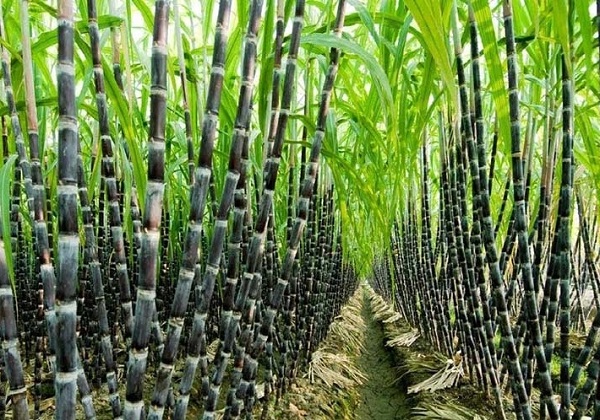
The choice of packaging materials dictates the functionality, cost, and environmental footprint of the FSP. The industry is in a perpetual state of flux, driven by regulatory changes and the surging demand for sustainable food service packaging.
Plastics: Plastics offer excellent barrier properties, transparency (especially PET for salads and cold drinks), and heat resistance (PP is often microwaveable). Their low cost and durability have made them ubiquitous. However, their persistence in the environment has led to a global push for alternatives.
Paperboard and Fiber: Used for folding cartons, pizza boxes, and cups. While generally viewed as more eco friendly food service packaging, paper products often require a polyethylene (PE) or polylactic acid (PLA) lining to be grease or moisture proof, complicating the recycling process.
Aluminum: Aluminum foil and foil containers are widely used because they are excellent barriers against moisture, air, light, and odour. They can withstand extreme temperatures, making them ideal for cooking, baking, reheating, and freezing. Crucially, aluminum is highly recyclable, contributing positively to sustainable food packaging solutions when the local infrastructure supports it. It is a reliable choice for catering packaging and bulk prepared meals.
The greatest innovation in the FSP sector is happening in sustainable alternatives, offering genuine sustainable food packaging solutions.
This is the fastest-growing and most complex category of sustainable food service packaging.
Bagasse (Molded Sugarcane Fiber): A byproduct of sugarcane processing. This fiber is pressed into rigid shapes like clamshell containers, bowls, and plates. It’s durable, microwavable, grease-resistant, and compostable in commercial facilities.
PLA (Polylactic Acid): A "bioplastic" derived from plant starches (usually corn). It's clear and rigid like PET, making it a popular replacement for cold cups, salad containers, and cutlery. PLA is commercially compostable only. It will not break down in a landfill or a backyard compost pile. It requires the high heat of an industrial facility, which are not available in all areas.
CPLA (Crystallized PLA): A heat-resistant, opaque version of PLA used for hot-temperature items like cutlery and hot cup lids.
Wood/Bamboo: Increasingly popular for cutlery, stirrers, and plates as a renewable and compostable alternative to plastic.
The material selection process now requires a complex balancing act: the packaging must be cost effective, maintain food quality, and align with the brand’s environmental commitment, often necessitating consultation with specialized food packaging solutions providers.
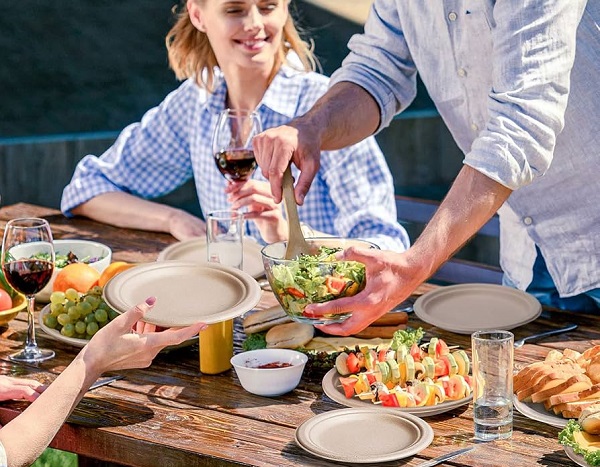
Food service packaging is pervasive, touching nearly every sector where prepared food changes hands.
These are the largest consumers of food service products. Their models rely entirely on speed, consistency, and portability. They require durable, branded to go packaging food service supplies that can handle high-volume operations and maintain the customer experience across both dine-in and takeout channels.
The rapid expansion of third-party delivery has created a unique set of packaging demands. The primary concern is security and heat retention over a longer, uncontrolled delivery route. This use case mandates tamper-evident seals and highly functional containers to prevent leakage and thermal decay during transit, driving significant growth for food delivery packaging specialization.
From street food vendors to pop-up eateries, FSP enables a highly flexible and mobile operation. Vendors use simple, cost-effective options like wrappers, paper bags, and basic food service packaging products to maintain low overheads while ensuring a quick transaction.
Large-scale operations, such as hospitals, airlines, corporate dining, and event catering packaging, utilize food service packaging for mass distribution and portion control. These settings often require standardized sizing and materials that can withstand chilling, reheating, and delivery on trays, relying on reliable food packaging supplies wholesale agreements.

Choosing the right commercial packaging for a food service operation involves a disciplined, multi-step approach that considers cost, function, and brand alignment. This selection process is critical for the success of any operation, from quick service food packaging to large-scale food service supply operations.
The first and most important step is evaluating the food product itself. The container must be chemically and physically compatible with its contents. This stage determines the necessary thermal and moisture barrier properties. For example, hot, greasy food requires a robust barrier material like PP or coated paper, while salads benefit from clear PET or PLA.
The physical journey the food takes from the kitchen to the consumer’s hand dictates the required structural integrity of the packaging. Businesses must determine if the packaging is for immediate dine-in, short takeout, or long-distance third-party delivery. Longer transit requires superior seals, greater sturdiness, and tamper-evident features to prevent leakage and spills.
In today's market, sustainability is a core performance metric. The choice must align with both ethical commitments and regulatory requirements. This requires confirming that all FSP adheres to strict food grade packaging regulations and assessing whether the chosen material, like bagasse packaging or high PCR plastics, aligns with local waste management capabilities.
The unit cost of the packaging must be balanced against its performance and the brand reputation it conveys. A cheaper container is not always the most economical choice. High-quality, functional food packaging solutions are an investment that prevents customer dissatisfaction, refunds, and negative reviews.
Beyond the step-by-step process, successful selection hinges on several crucial factors that food service packaging companies and operators must weigh:
Cost Efficiency: Do not focus solely on the unit price. Evaluate the total cost, including the potential expense of refunds due to leakage or damage, and the labour required for staff assembly and sealing.
Aesthetics and Brand Consistency: The packaging is a direct extension of the brand. It must feature appropriate colors, logo placement, and design quality. Utilizing custom food service packaging elevates the perceived value of the meal.
Operational Ease: The design must be user-friendly for both the staff and the customer. This includes ease of stacking for storage, speed of filling in a busy kitchen environment, and simple opening/closing mechanisms for the consumer.
Shelf Life and Barrier Properties: Ensure the chosen food packaging supplies offer adequate protection against moisture, oxygen, and light, even for short durations, to maintain the food’s intended texture and freshness.
Supplier Reliability: Partner with reliable food packaging suppliers or distributors who can ensure a consistent supply of quality, certified products, minimizing the risk of supply chain disruptions.
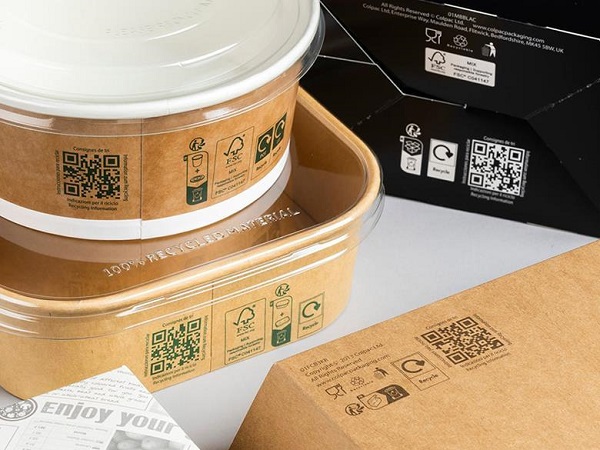
The food service packaging market is driven by rapid innovation and faces complex global pressures.
Hyper-Focus on Sustainability: The demand for eco friendly food service packaging is accelerating. We are seeing a move away from "wishcycling" towards certified, truly biodegradable or high-PCR content materials. This trend requires food service packaging manufacturers to completely overhaul their production methods.
The Rise of the Circular Economy: Beyond single-use, there is growing interest in returnable and reusable food packaging containers models, where customers return packaging for cleaning and reuse—a fundamental shift away from disposable convenience.
Smart and Active Packaging: Future FSP will include integrated features like time-temperature indicators (TTIs) to signal freshness or QR codes for seamless reordering and customer feedback, linking the physical package to the digital experience.
The Cost vs. Green Dilemma: Sustainable materials often carry a higher manufacturing cost than conventional plastics, a burden that many restaurant packaging supplies buyers struggle to absorb without raising menu prices.
Infrastructure Gaps: The environmental benefits of materials like PLA and bagasse are negated if the local municipality lacks industrial composting or specialized recycling facilities. This requires global collaboration between food service packaging distributors and waste management services.
Performance Trade-offs: Some sustainable alternatives still struggle to match the thermal and moisture-barrier performance of traditional materials, forcing operators to make difficult compromises.
Food service packaging has evolved from a simple commodity to a strategic asset. It is the final gatekeeper of food safety, the primary tool for quality control in off-premise dining, and a potent marketing vehicle for a restaurant's brand story.
As global commerce continues its reliance on convenience, the industry—from the packaging company inventing new bioplastics to the restaurant chain selecting its everyday food service products—must prioritize solutions that are functional, visually appealing, and responsibly sourced. The businesses that master the intricate balance between performance and planet will not only survive the coming regulatory shifts but thrive, turning the unseen essential of food packaging into a visible source of competitive advantage.
Choosing the right food service packaging is the ultimate step in protecting your product and promoting your brand's commitment to quality. Are you ready to transition to functional, environmentally responsible containers that meet modern demands for safety and sustainability? Sumkoka is a leading manufacturer of sugarcane bagasse products. We design and produce a wide range of sustainable food packaging solutions. Whether you need flip-top lunch boxes for restaurant takeout or eco-friendly cups for coffee shops, we've got you covered. Contact Sumkoka today and let our exceptional packaging elevate your dining experience.